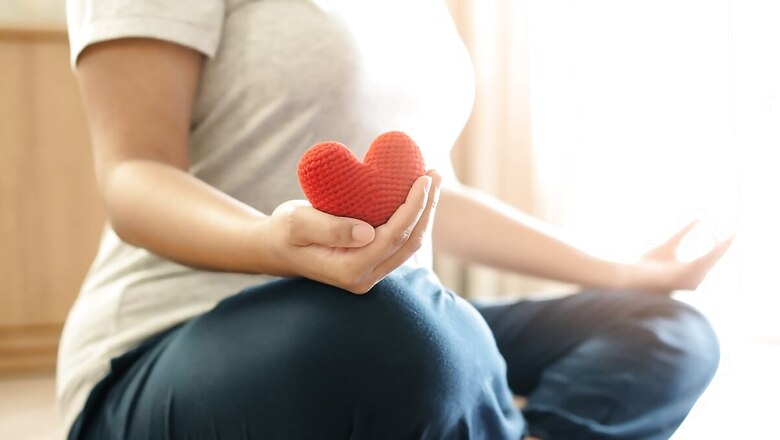
views
I chose SVYASA as it has, for years, successfully helped people overcome cardiac challenges; also prevented surgeries in some cases. Further, formal research has been conducted by this institution in the form of systematised random controlled experiments in an ‘Integrated Health Centre’ established in the precincts of Narayana Hrudayalaya founded by eminent cardiologist Dr Devi Shetty.
In these experiments, Yoga dimensions were introduced in the treatment of 150 patients in a Yoga group, as against none introduced in the control group of the same size. A 10-year follow-up showed that EF (ejection fraction) had reduced considerably in the Yoga group compared to the control group, and so had morbidity and mortality.
Post Covid-19, many of us have been experiencing ‘strange symptoms’, blood pressure aberrations and other skewed diagnostic-test results. Interestingly, Dr Indranil Basu-Ray, a cardiologist based in Memphis, TN, USA, informs us that “almost all moderate to severe cases of Covid-19 had cardiac involvement, showing up as heart enlargement, heart failure, myocarditis”.
People with mild Covid-19, who were not hospitalised, may or may not be at risk but three things did happen during the pandemic that can affect the heart: a) anxiety, b) depression, and c) panic attacks.
Importantly, what killed people was not the virus itself but the massive reaction mounted by the body to protect itself. He cautions: “The situation is getting so bad that there will come a time that it will be impossible to control the number of deaths from heart disease — if we don’t look back, understand the problem and take care of it.”
It does not come as a surprise that cardiologists have noticed a sharp increase in sudden cardiac deaths; alarmingly, young adults are the worst sufferers. The Cardiological Society of India warned in September 2022 that India is now the ‘chronic heart disease capital of the world’.
It behoves each of us, hence, to begin caring for our heart.
YOGA’S USEFULNESS
“Conventional treatment prescribes exercise and diet. Yoga brings in an additional dimension as it takes care of the subtler and causal dimension,” says renowned Yoga Guru Dr HR Nagendra, Vice Chancellor of SVYASA University. He explains the key difference between Yoga asanas and physical exercise is relaxation; also, the stability from the asana, over time, helps us master the mind. The Pranayamas slow down the breath, and this reduces the metabolic rate and the load on the heart. Further, relaxation techniques hold the key to heart health.
Yoga as therapy for cardiac health includes a set of gentle exercises that aid blood circulation and deep oxygenation of all body parts. We list them here — not as prescription, but as indicative and to refresh memory, once learnt from a teacher or at an institution. Remember to take into account your own capacity for the duration and frequency of exercise.
BREATHING EXERCISES
This set of exercises increases oxygen, lowers heart rate and blood pressure, and improves circulation. The healthier blood flow helps the functioning of all organs.
• Hands in-and-out Breathing: Sit on a chair and stretch the arms in front, both palms together. Inhaling, slowly move arms sideways horizontally. While exhaling, slowly bring arms back, palms touching each other. Repeat 6-10 times.
• Hands-stretch Breathing at different angles: Sit comfortably and interlocking the hands, place them on your chest, and collapse the shoulder. Breathing in, turn the interlocked palms outward and glide the arms in front of the chest. Exhaling, bring the hands back, turn and rest them on the chest, collapse shoulders and bring the elbow down. Repeat 5 times.
Next, do the 135-degree angle practice similarly. Here, when inhaling, we stretch the interlocked palms in front, just above the level of forehead. After 5 rounds, we stretch the interlocked palms and arms at 180 degrees, above the head. Repeat 5 times and relax.
• Ankle-stretch Breathing: Stand comfortably and fix the gaze on a point ahead. Place palms on front of thighs. While inhaling, raise hands above the head and stretch the ankles, both in a synchronised movement. While exhaling, bring the hands and heels down. Six rounds.
LOOSENING EXERCISES SITTING ON A CHAIR
Also known as `Sukshma Vyayama’, these warm up the body, working on all joints, and increase circulation.
• Finger loosening: Stretch arms in front and spread palms, fingers pointing upwards. Slowly, phalange by phalange, close the palm, taking the thumb into the fist. Open the fist and spread out the fingers again. Repeat 10 times.
• Wrist loosening: On stretched-out arms, make fists of both palms, thumb tucked inside. Move the fists so that the knuckles point up, then down. Repeat 10 times. Next, rotate wrists clockwise and anti-clockwise, 10 times each.
• Elbow loosening: Extend the arms in front, palms facing up, fingers touching each other. Bend the elbows to touch the fingers to the shoulder; bring them back to original position.
• Shoulder Rotation: With elbows bent and fingers touching the shoulders, make circular motions with the shoulder. As the elbows come down, inhale; exhale as they go up. Ten rounds clockwise and anti-clockwise.
• Spinal Twisting on Chair: Place both hands on the left arm of the chair and `walk’ them along the length of the arm, to as far back as you can comfortably go. Here, the head and neck move along with the body. Repeat 5 times on each side.
• Padasanchalana: While standing comfortably with feet apart; hands on waist or holding a chair for support, first stretch the right foot forward and upwards. Return to the centre. Next take it back and stretch upwards and return to the centre. Repeat with the left leg. Repeat 5 times on each side.
LOOSENING EXERCISES ON THE FLOOR
• Toes bending: Sit with legs outstretched, keeping spine straight; the hands are placed behind the back on the floor, fingers pointing backward. Stretch toes back and bend them forward. Repeat 10 times.
• Ankle bending: Move both feet slowly forwards and backwards, bending them at the ankle joints. Next, rotate both feet from the ankles together in opposite directions. Finally, try to touch the feet inwards, to the floor and return to normal position. Ten times each.
• Knee bending and rotation: Bend the right knee and clasp the right thigh with the hands under it. Lift the foot up such that the leg is parallel to the floor, and bring it back. Repeat 10 times with either leg. Next, in the lifted position, while clasping the thigh, rotate the right leg at the knee joint. Ten times in clockwise and anti-clockwise directions each. Repeat with the left leg and knee-joint.
• Alternate straight leg raising: Lie on the back, feet comfortably apart. While inhaling, raise the right leg slowly up to 90 degree, or as far as possible. While exhaling, return to the floor. Repeat with the other leg.
DEEP RELAXATION TECHNIQUE (DRT) TO END THE SESSION
1. Lie in Savasana and collapse your body on the floor.
2. Bring your awareness to the lower body: relax part by part the tips of the toes, the soles, heels, ankles, calf muscles and shin, knees, hamstring muscles, thighs, pelvic joint and waist. To deepen the relaxation, take a deep breath and chant a prolonged `A’ (first part of A-U-M) three times, visualising its vibration spread in the lower body.
3. Next, bring the awareness to the middle region, relaxing the lower, middle and upper back and chest and abdomen areas; also the shoulders and neck, arms, biceps and triceps, elbows, forearms, wrists and fingers and visualizing all organs in the abdomen and chest. Visualise all organs in the abdomen and chest relaxed. Breathe deeply and chant a prolonged `U’ (component of A-U-M) thrice, feeling its vibration in the middle body.
4. Move awareness to the neck and head region, relax the back and top of the head, ears, forehead, hairline, eyebrows, eyes, cheeks, nose, lips, chin, tongue and jaws. Breathe in and then let `M’ (M-kara of the A-U-M) chanted thrice, reverberate in the head.
5. Deepen the relaxation even further by chanting A—U—M slowly in a single breath, feeling the resonance in the lower, middle and upper parts respectively.
This is part one of a three-part series on Heart Health. In the next two parts, we detail relevant Asanas, Pranayamas and Lifestyle.
The author is a journalist, cancer survivor and certified yoga teacher. She can be reached at [email protected].










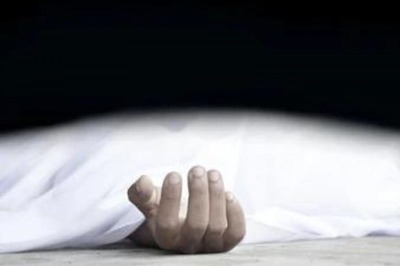

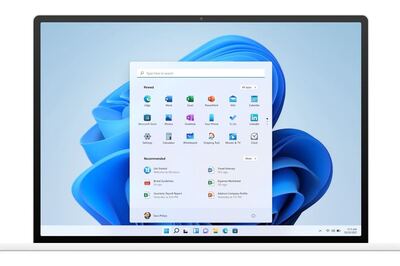


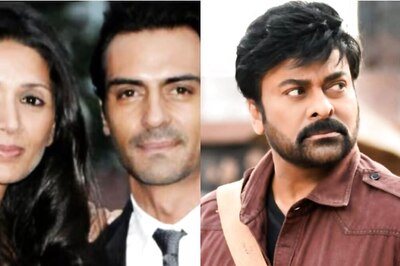
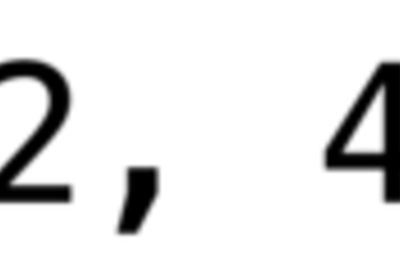
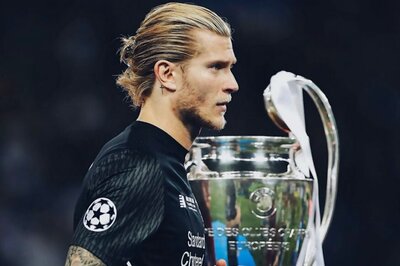


Comments
0 comment